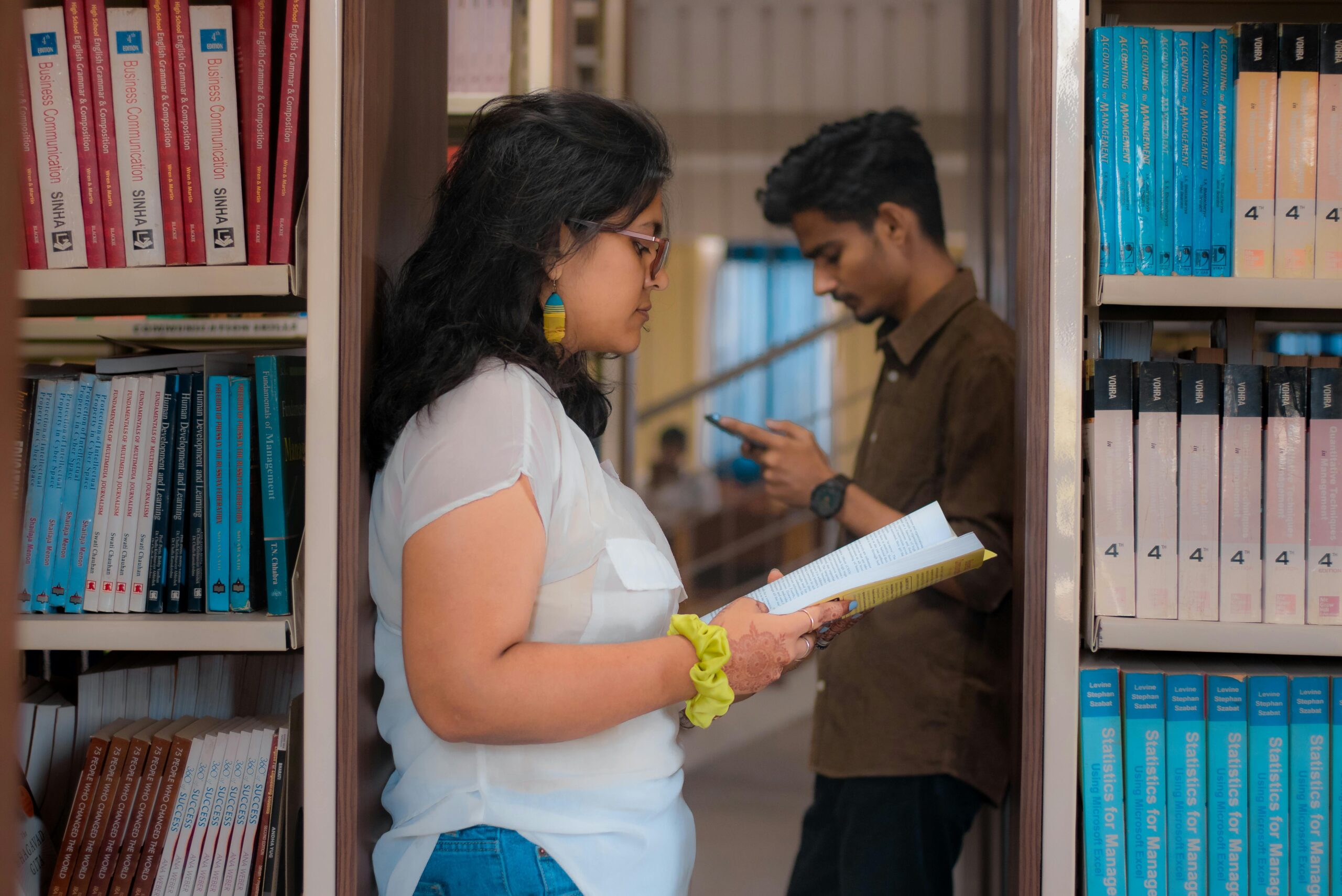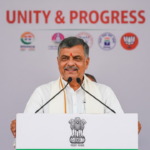
Navigating Headwinds: The Challenges in the Indian Higher Education System
India’s higher education system, one of the largest in the world, has been instrumental in driving the country’s economic and social advancement. However, it faces significant challenges that hinder its ability to produce graduates equipped for the complexities of the 21st century. From issues of quality and equity to outdated curricula and infrastructural deficiencies, these challenges require urgent attention and innovative solutions.
1. Quality of Education and Accreditation
Diluted Quality Across Institutions: Despite housing some world-class institutions, the average quality of higher education in India remains inconsistent. Many colleges and universities suffer from a lack of qualified faculty, outdated teaching methods, and poor infrastructure.
- Accreditation Woes: Only a small fraction of Indian institutions are accredited by the National Assessment and Accreditation Council (NAAC), which raises concerns about the quality standards of the majority. The UGC mandates accreditation, yet compliance is uneven across states.
2. Access and Equity
Widening the Gap: Access to quality higher education continues to be skewed by socio-economic, geographical, and gender disparities.
- Rural-Urban Divide: Students in rural areas often have limited access to quality higher education due to fewer institutions and lesser infrastructure.
- Socio-Economic Barriers: High tuition fees and the cost of living in urban centers where premier institutions are located put higher education out of reach for many low-income families.
- Gender Disparities: While female enrollment is improving, women still face significant barriers in certain regions and disciplines, influenced by societal norms and safety concerns.
3. Curriculum Relevance and Research
Outdated and Rigid Curricula: Curricula in many Indian universities are not aligned with contemporary demands, failing to incorporate latest developments in technology and business.
- Lack of Industry Integration: There is a notable disconnect between what students learn and the skills required in the job market. This gap results in a high number of graduates being deemed unemployable without further training.
- Inadequate Focus on Research: Compared to global standards, Indian institutions invest minimally in research and development. This lack of emphasis on research curtails innovation and reduces the international competitiveness of Indian graduates.
4. Regulatory Framework and Autonomy
Over-Regulation and Bureaucracy: The higher education sector in India is heavily regulated by multiple bodies, leading to complex processes that often stifle innovation and autonomy.
- Multiple Regulators: Entities like the UGC, AICTE, and MCI have overlapping mandates, which can create confusion and inefficiencies.
- Limited Autonomy: Many public universities are subject to political interference and bureaucratic control, which impacts decision-making and the implementation of necessary reforms.
5. Faculty Recruitment and Retention
A Crisis in the Classroom: There is a chronic shortage of well-qualified faculty in higher education institutions across India.
- Attrition to Private Sector: Competitive salaries and better research opportunities lure top academics to the private sector or abroad.
- Contractual Employment: The increasing reliance on ad-hoc or contractual faculty affects the stability and quality of teaching and research.
6. Financial Constraints
Funding Shortfalls: Despite increasing privatization, public funding remains vital. However, funding is often inadequate, and the allocation process is not transparent.
- Inefficient Utilization of Resources: Financial mismanagement and lack of proper audit mechanisms mean that even available funds are not always used effectively.
- Dependence on Tuition Fees: The increasing shift towards self-financing courses places a heavy financial burden on students and families.
7. Technological Integration
Digital Divide: While there is a push towards digital education, significant portions of the student population lack access to necessary technologies.
- Inconsistent Internet Access: Students in remote or rural areas often do not have reliable internet, which hampers their ability to benefit from online learning resources.
- Technology Training: Both students and faculty need more training to effectively use advanced educational technologies.
Potential Solutions: A Path Forward
Addressing these challenges requires a multi-faceted approach:
- Reforming Regulatory Bodies: Simplifying the regulatory framework to ensure greater autonomy and less bureaucracy.
- Investing in Faculty Development: Enhancing salaries and career prospects for academics to attract and retain talent.
- Curriculum Overhaul: Regularly updating curricula and increasing industry-academic collaboration to enhance relevance.
- Boosting Research Funding: Significantly increasing the budget for research and encouraging private sector participation.
- Expanding Access: Implementing policies that ensure more equitable access to higher education across different socio-economic and demographic groups.
Conclusion: Embracing Change for a Brighter Future The challenges facing Indian higher education are complex but not insurmountable. With concerted efforts from the government, educational institutions, and the private sector, India can transform its higher education landscape into a world-class system that nurtures talent and drives innovation. The road is long, but the future can be bright if stakeholders commit to sustained and meaningful reforms.

